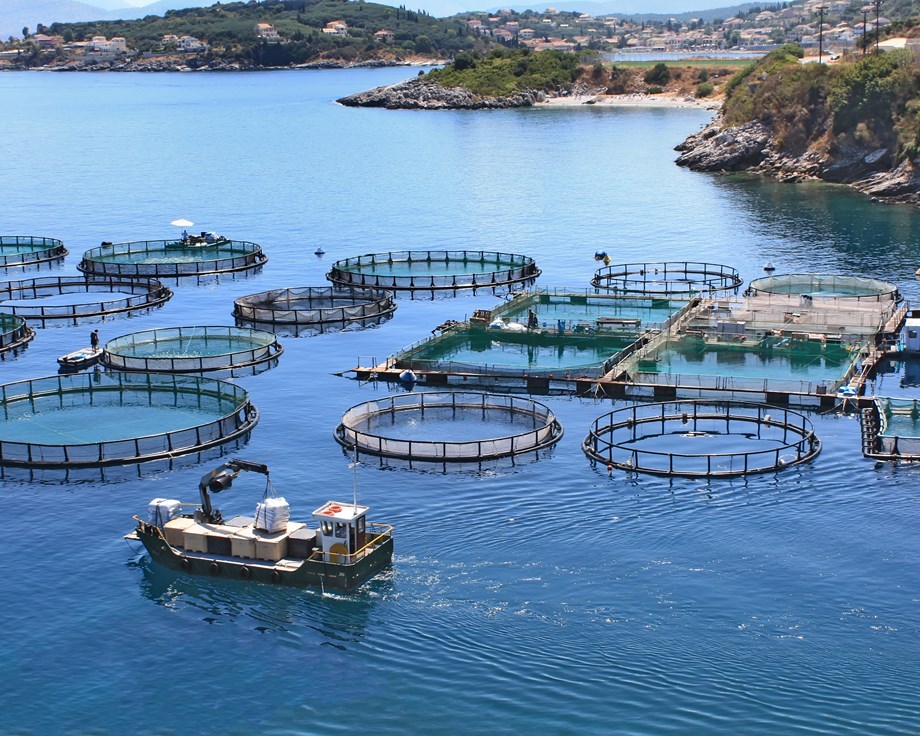MixSIAR
Stable isotope analysis is an increasingly important tool in the study of ecological food webs. The technique utilises the fact that biologically active elements exist in more than one isotopic form. Generally the lighter isotopic form is much more abundant in the environment than the heavier form, although their relative abundance is altered by a range of biological, geochemical and anthropogenic processes. These processes produce isotopic gradients which are reflected in the tissues of plants and animals. MixSIAR calculates the distribution of possible solutions for all sources in the model. If external information is available to guide the model in the likely range of values for the dietary proportions, it can be used as a prior distribution in the MixSIAR modelling framework (Stock and Semmens 2016). External information may arise from previous runs of the MixSIAR model with different data sets, sources (such as papers) which provide likely ranges, or expert opinion about the dietary proportions.
It was developed by Stock, B. C. and B. X. Semmens, Scripps Institution of Oceanography, UC San Diego.

